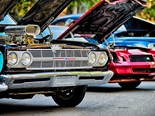Holden Torana LX-UC Hatch - Buyer's Guide



|
Holden added a liftback to their lineup then stuffed a V8 in it to make it a brand hero
Holden’s V8-engined Torana came to be at a time when the world was walking rapidly away from big-engined cars. The world excluding Australia anyway.
While Europe was racing 2.8-litre Capris and 3.0-litre CSL BMWs, our tracks still shook to the sounds of 5.8 and 5.0-litre V8s, fed by quartets of Weber carbs or mega-sized Holleys. What fuel crisis?
Since 1974, the V8 Torana had delivered four-door performance for road or race circuit, but Holden’s next move was to remove two of the doors, reshape the roof and turn its grunty sedan into a sporty hatchback.
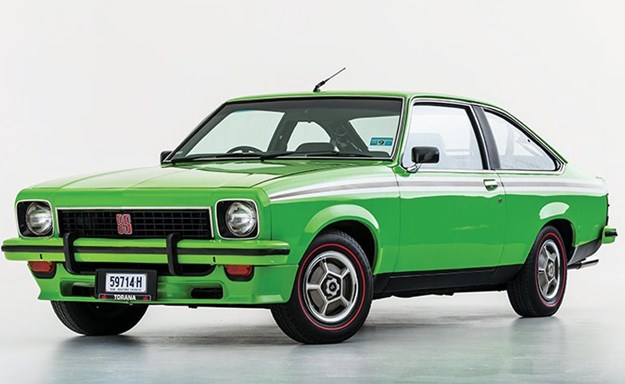
Basic models were available in SL trim, with six-cylinder engines or the 4.2-litre V8. Torana lovers wanting to share the glory being generated by Holden’s race-face A9X could also specify a 5.0-litre SS version.
| 2021 Market Review: Torana LC-LJ/LH-LX/SS/L34/A9X
The Liftback, to use its official designation, joined Holden’s range in March 1976 and stayed on until 1979. By then, though, only four-cylinder Sunbirds remained available.
While publicity would centre on A9X versions, the Hatch to become most prolific on Australian roads was the SL. These were aimed at younger buyers but also sold well as family cars, no doubt helped by easy access to the shallow luggage platform. Buyers who didn’t need to carry passengers could leave the back seat lowered for even greater convenience.
| Read next: 45 years of Torana LX

Few of these cars remain in original 3300, six-cylinder specification and when buying it’s worth checking the Engine Code to compare what currently sits under the bonnet with what was put there by Holden.
If you do stumble across a four-speed, six-cylinder car the performance (0-100km/h in around 12 seconds) won’t be awful. However, if you want more excitement and to drag the 0-100km/h time back below 10 seconds, chase down a genuine or converted 5.0-litre car.
Fuel costs, even back when these cars were new, were an issue and Holden couldn’t do much to improve consumption while meeting new emission rules.
| Buyer's Guide: Holden Torana LX SS V8
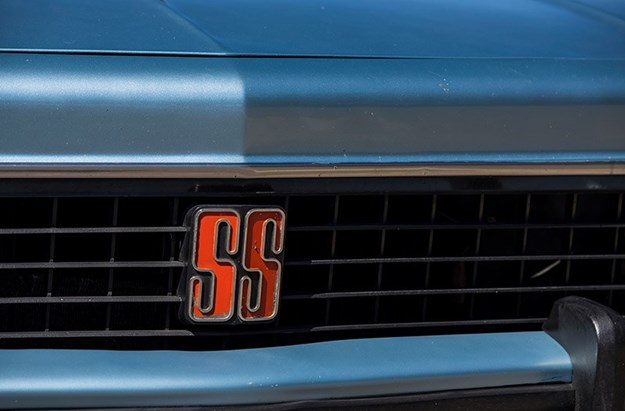
The smaller of the V8s with automatic transmission and air-conditioning averaged 16.2L/100km, but then the testers hopped into a manual 5.0-litre SS and proceeded to send that car’s average soaring past 18L/100km.
Despite their thirst, these Toranas still make an enjoyable and practical Aussie classic, with seat belts front and rear and enough mechanical parts still in existence to ensure long-term survival.
A9X and SS replicas are unavoidable but longer-term value growth will most likely be achieved by cars that are basically authentic. Just be aware that there are no bargains anymore and even a Sunbird with the miserable 1.9-litre Starfire – aka ‘Misfire’ – four-cylinder engine can cost $50,000. At the opposite extreme, an excellent SS 5.0-litre can exceed $150,000.
Value range: Torana hatch (V8 SL)
Fair: $25,000
Good: $60,000
Excellent: $105,000
(Note: exceptional cars will demand more)
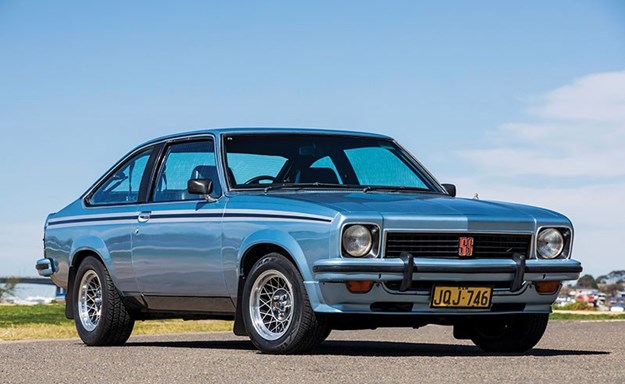
BUYER'S CHECKLIST:
Body & chassis
Back when Liftback Toranas weren’t especially valuable, nobody was too bothered about authenticity and re-shelling to save a beloved from the wrecker was popular. Now, with buyers far more concerned about authenticity, the verification process will be more detailed and necessary, so don’t just accept what you are told. Pre-purchase diligence also involves checking for rust and crash repairs, and don’t imagine because a car is expensive that it will be suffering from neither. There can also be niggles like rear hatch supports that collapse or damaged seals and that suck fumes into the cabin. Replacements for cracked (non- standard) flares are available, as are new grilles and even rubber strips for the bumpers.
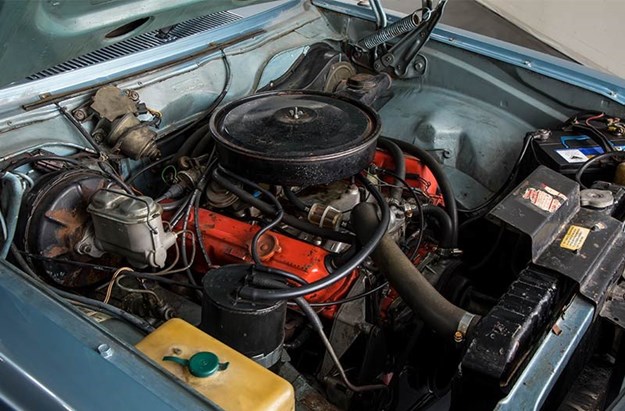
Engine & transmission
Holden engines from the 1970s, be they straight six or V8, are inherently reliable but eventually wear out. Not to worry, because even 40-something years later they can be rebuilt or completely replaced by any number of Holden specialists. Basic problems include noisy valve trains, leaking timing covers and rear main bearing seals. Carburettors that are too big will make a hot engine hard to start and cost a fortune in unburned fuel. Don’t trust the temperature gauge. Do check the radiator for oily scum, especially if the car is automatic. The Trimatic auto is adequate when hooked to a stock V8, but cars with extra power need a beefier automatic or five-speed manual conversion.
Suspension & brakes
Holden’s Radial Tuned Suspension was a simple remedy for dreadful handling that should have been introduced years earlier. Hopefully, any Hatch in the market at Condition 2 money or above will be roadworthy and not need immediate suspension work, but listen for creaks from the front end when turning at low speeds, note body roll at moderate cornering pace and nose-diving under brakes. Parts are often compatible with other Holdens and not expensive. Kits of tie-rod ends and ball joints, as an example, are listed at a little over $200 plus freight, with a complete suspension rebuild kit (front and rear) at $1000. Disc front/drum brakes are adequate, upgrades affordable and conversion to rear discs is recommended if you are extracting more power from a V8 or turbo six.

Interior & electrical
There’s not a lot inside a Liftback to fade or fall apart but parts can be difficult to source. The standard seats had flimsy frames with skimpy padding so make sure the backs aren’t twisted and the cushions aren’t sagging. Internal door handles break but are being remade at $32 each. A pair of very scarce door-sill scuff plates in new condition was offered recently at $280, so rare parts do turn up. New sets of body rubbers including the hatch seal cost around $1200, with new instrument panel fascias at $300. Reproduction door trims have been seen at $600 per pair and seat retrim kits from $1000.
1976- 1979 Holden Torana LX-UC hatch
NUMBER BUILT: N/A
BODY: Integrated body/chassis two-door coupe
ENGINE: 3310cc inline-six, 4142cc, 5048cc V8 with overhead valves and single carburettor
POWER & TORQUE: 138kW @ 4400rpm, 355Nm @ 2400rpm (4.2 V8)
PERFORMANCE: 0-100km/h: 12.2 seconds, 0-400 metres 18.1 seconds (4.2 auto)
TRANSMISSION: 3-speed automatic, 4-speed manual,
SUSPENSION: Independent with coil springs, wishbones, shock absorbers & anti-roll bar (f); live axle with semi-elliptic springs, radius rods, shock absorbers & anti-roll bar (r)
BRAKES: Disc (f) drum or disc (r) with power assistance
TYRES: 175SR-13 radial
From Unique Cars #469, Aug/Sep 2022
Unique Cars magazine Value Guides
Sell your car for free right here
Get your monthly fix of news, reviews and stories on the greatest cars and minds in the automotive world.
Subscribe

.jpg)







